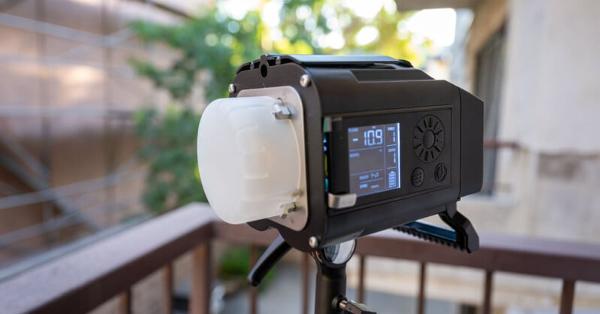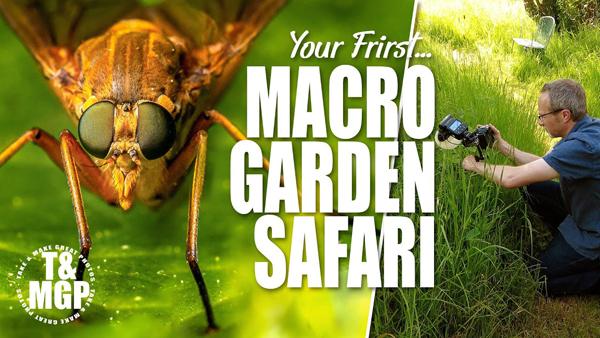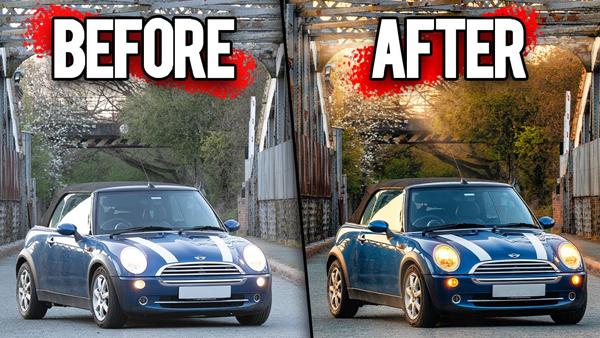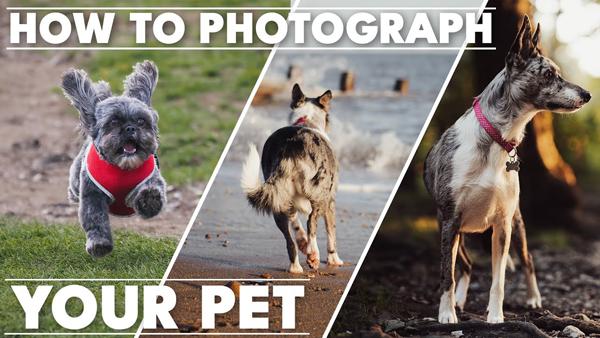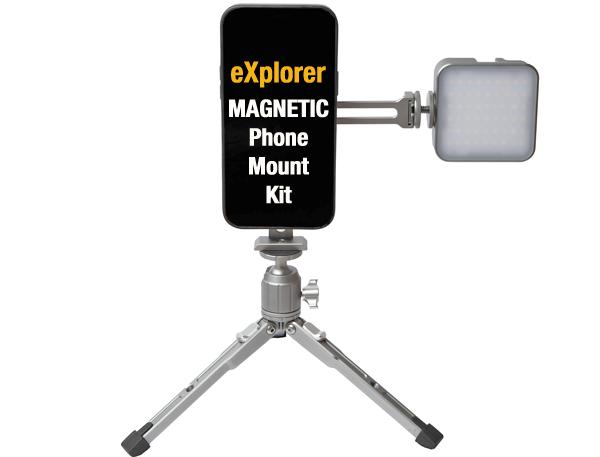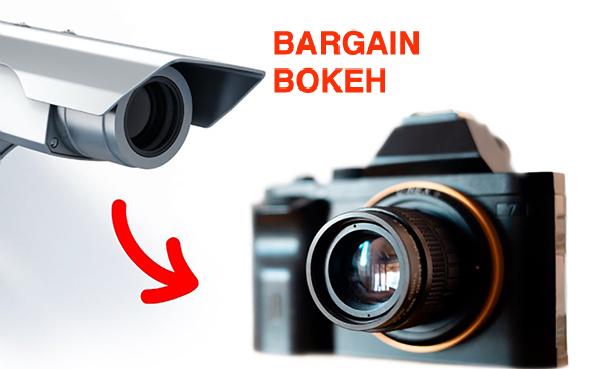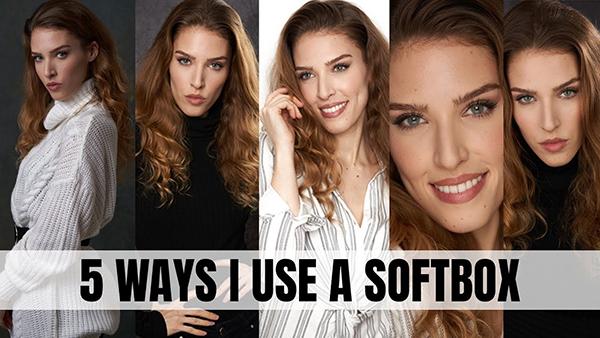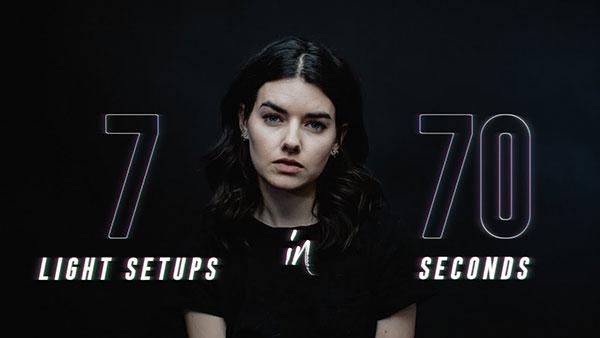Lighting News
Sort By: Post Date TitlePublish Date
|
Dec 08, 2024
|
Oct 20, 2023
|
Sep 06, 2023
|
Feb 07, 2023
|
Dec 16, 2022
|
May 23, 2022
|
Feb 19, 2020
|
Dec 18, 2019
|
Aug 01, 2019



